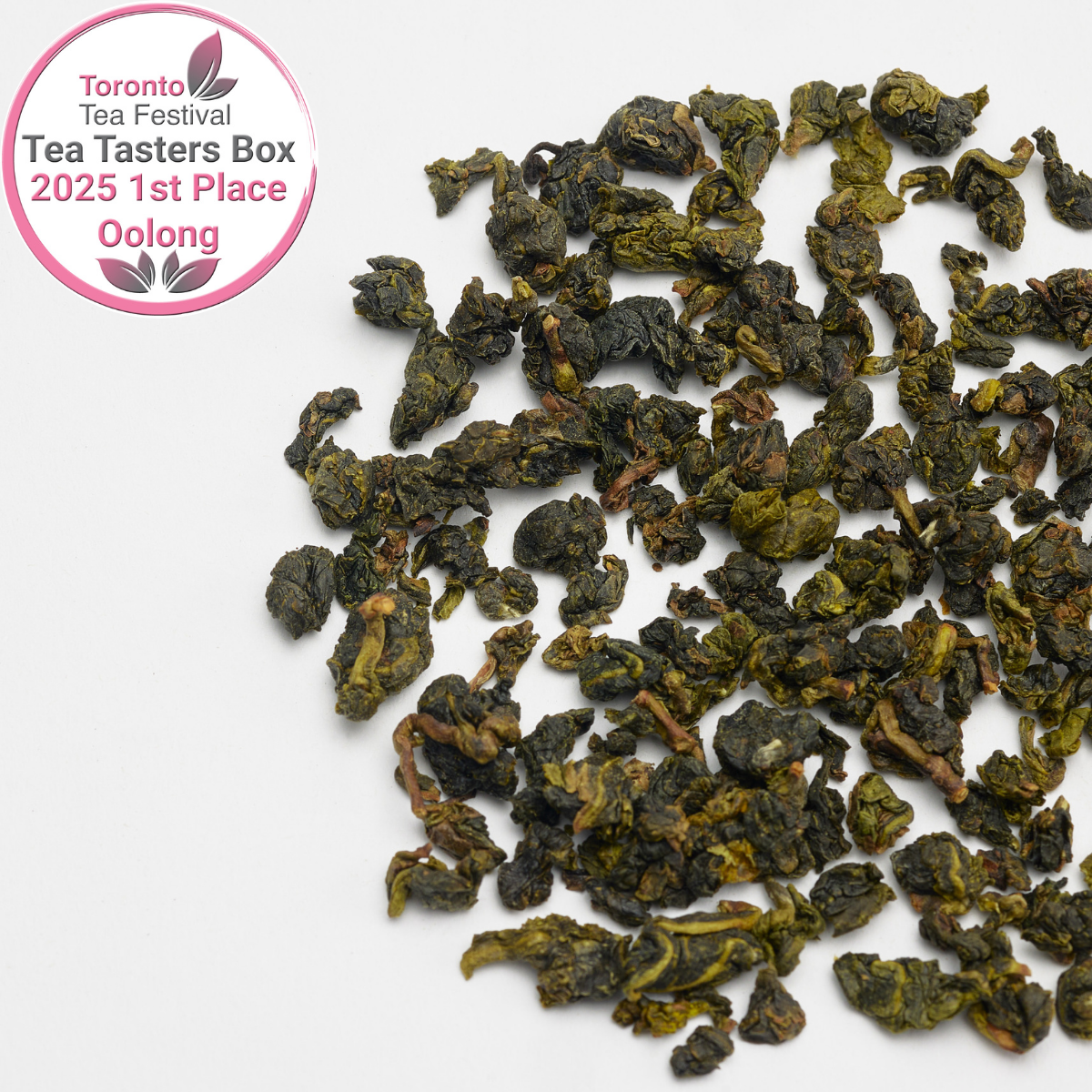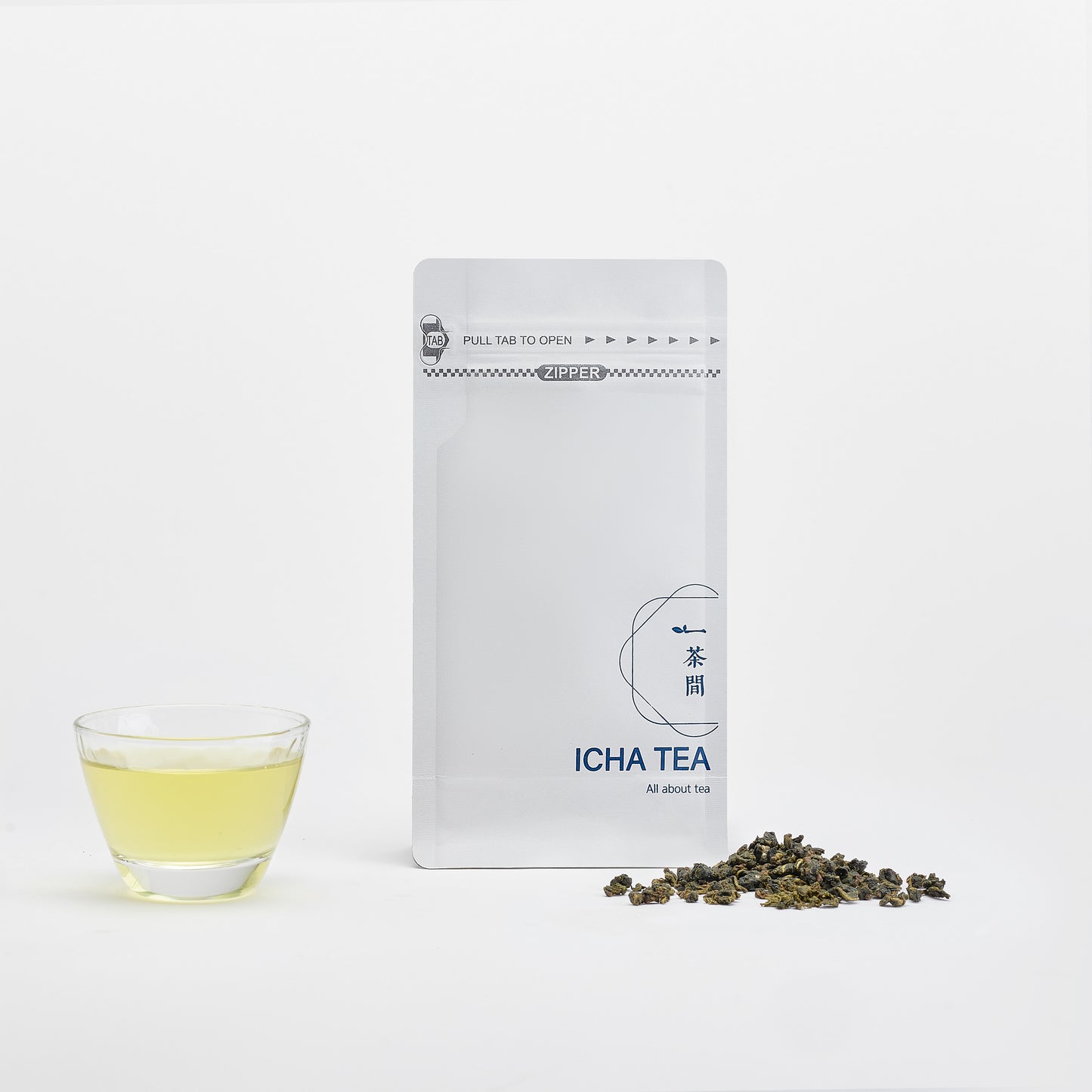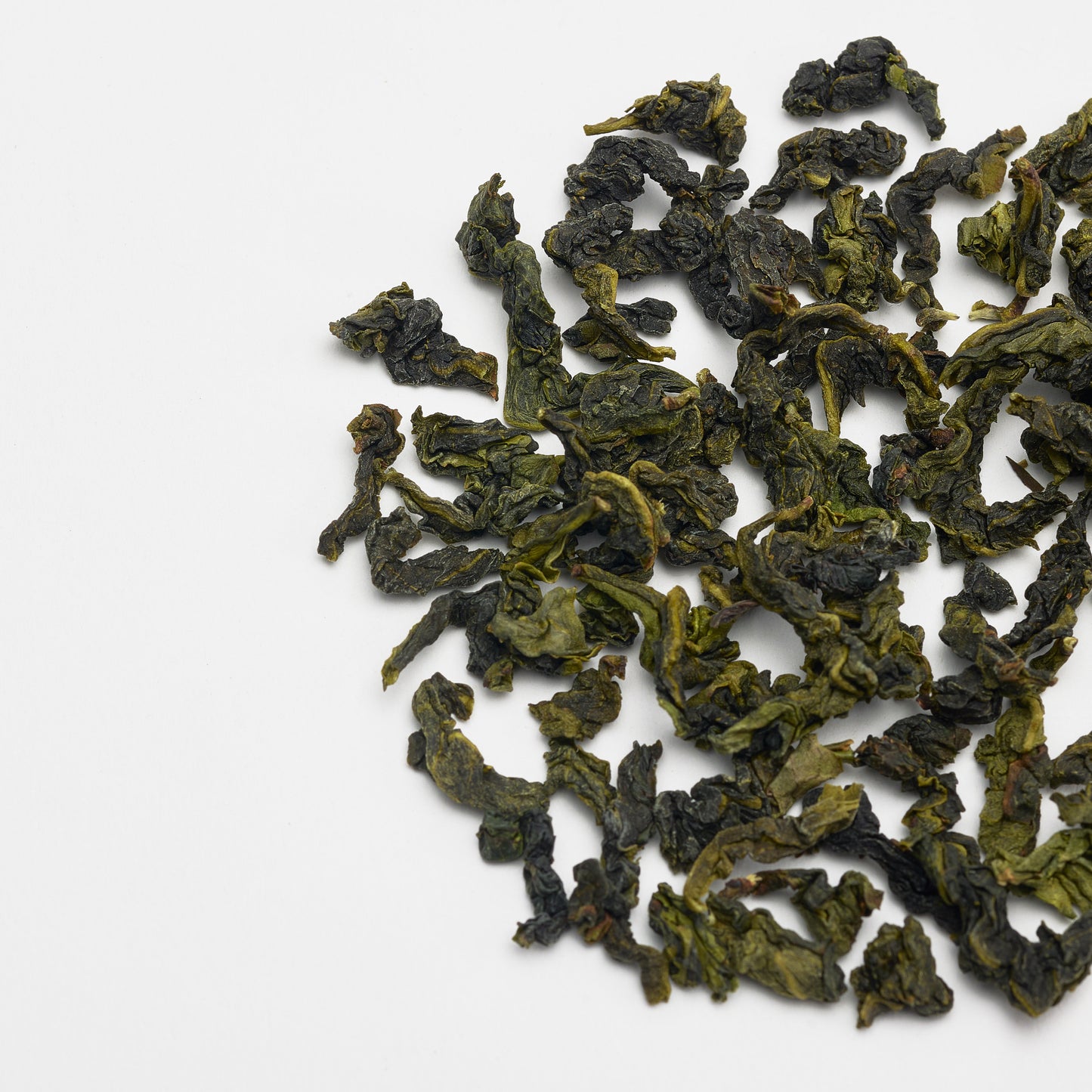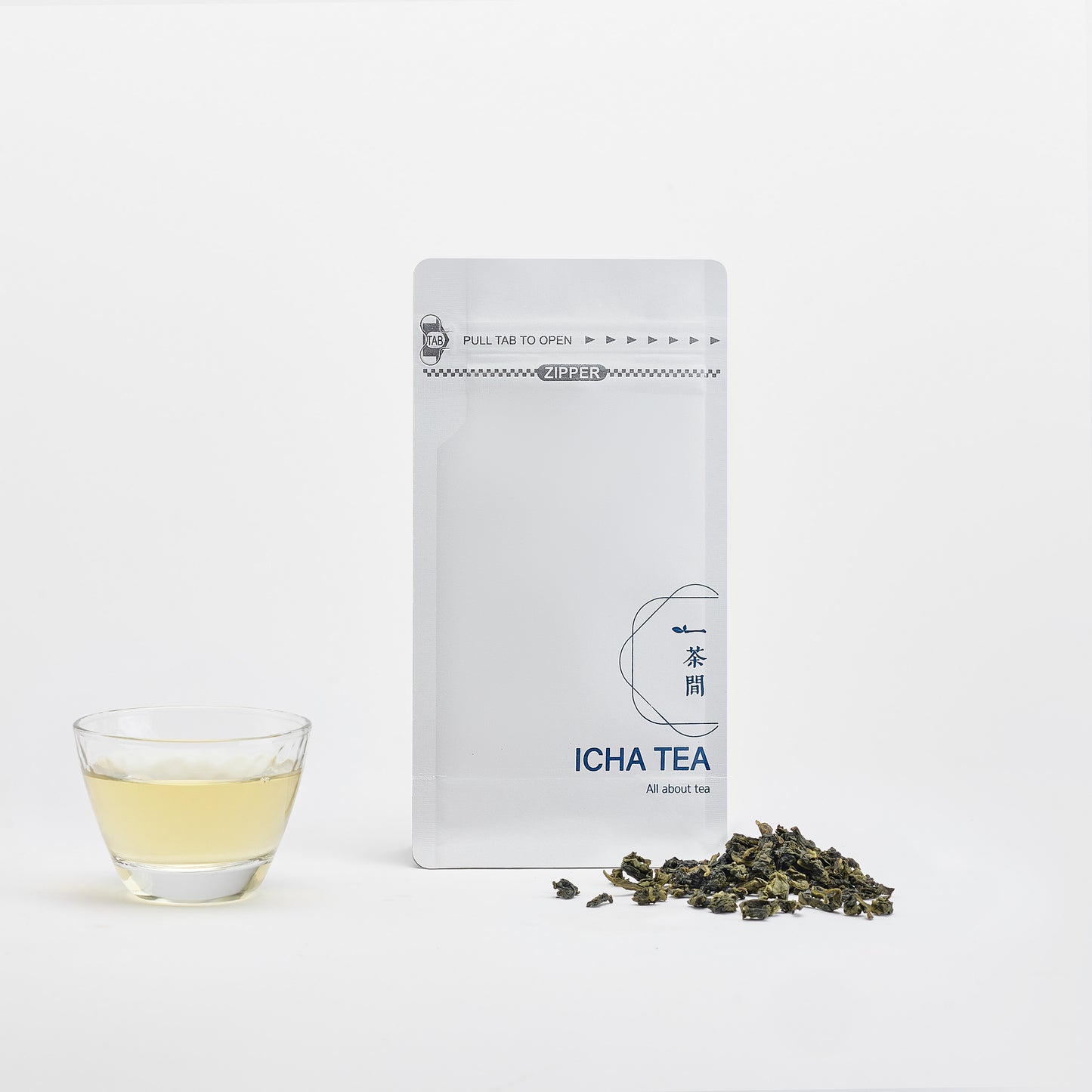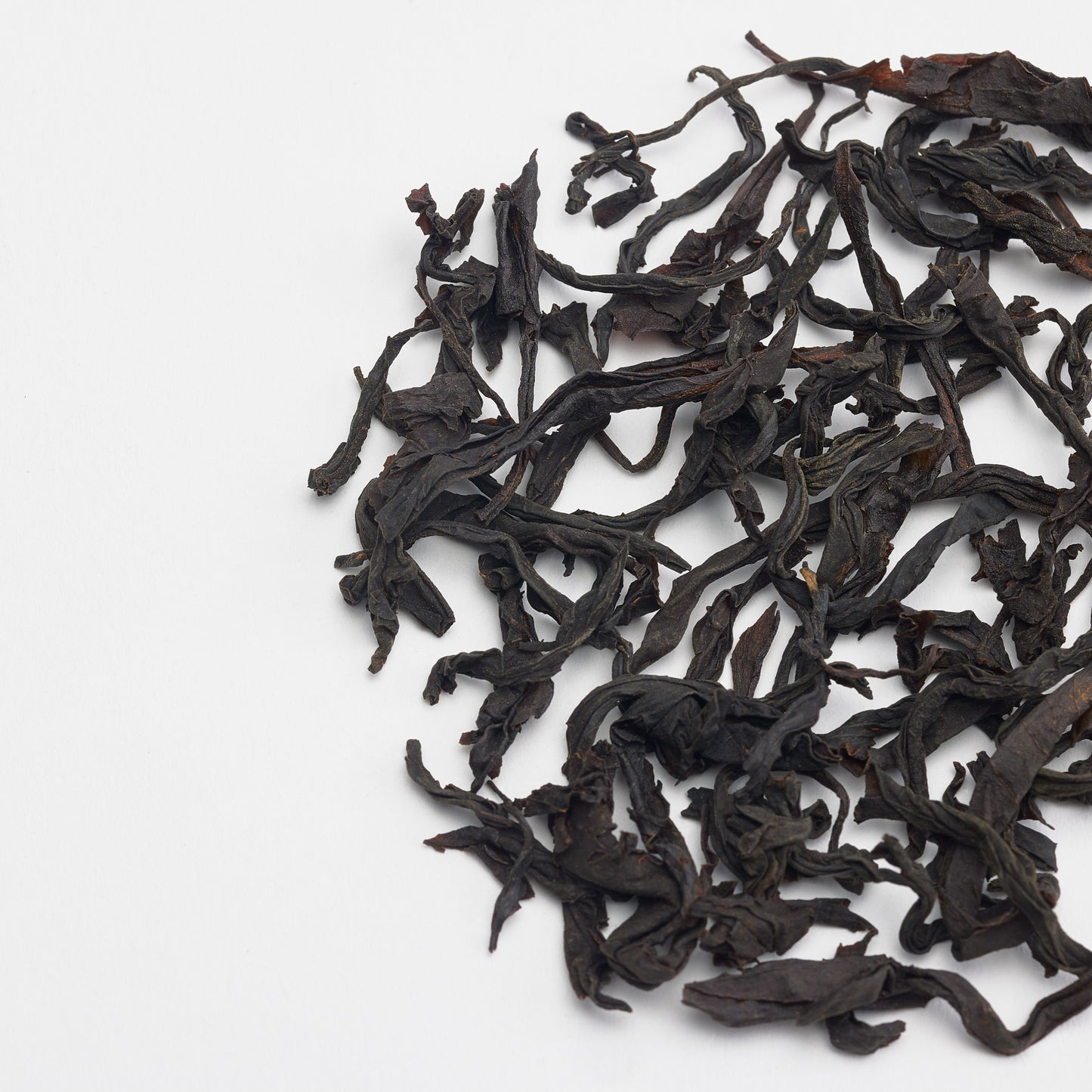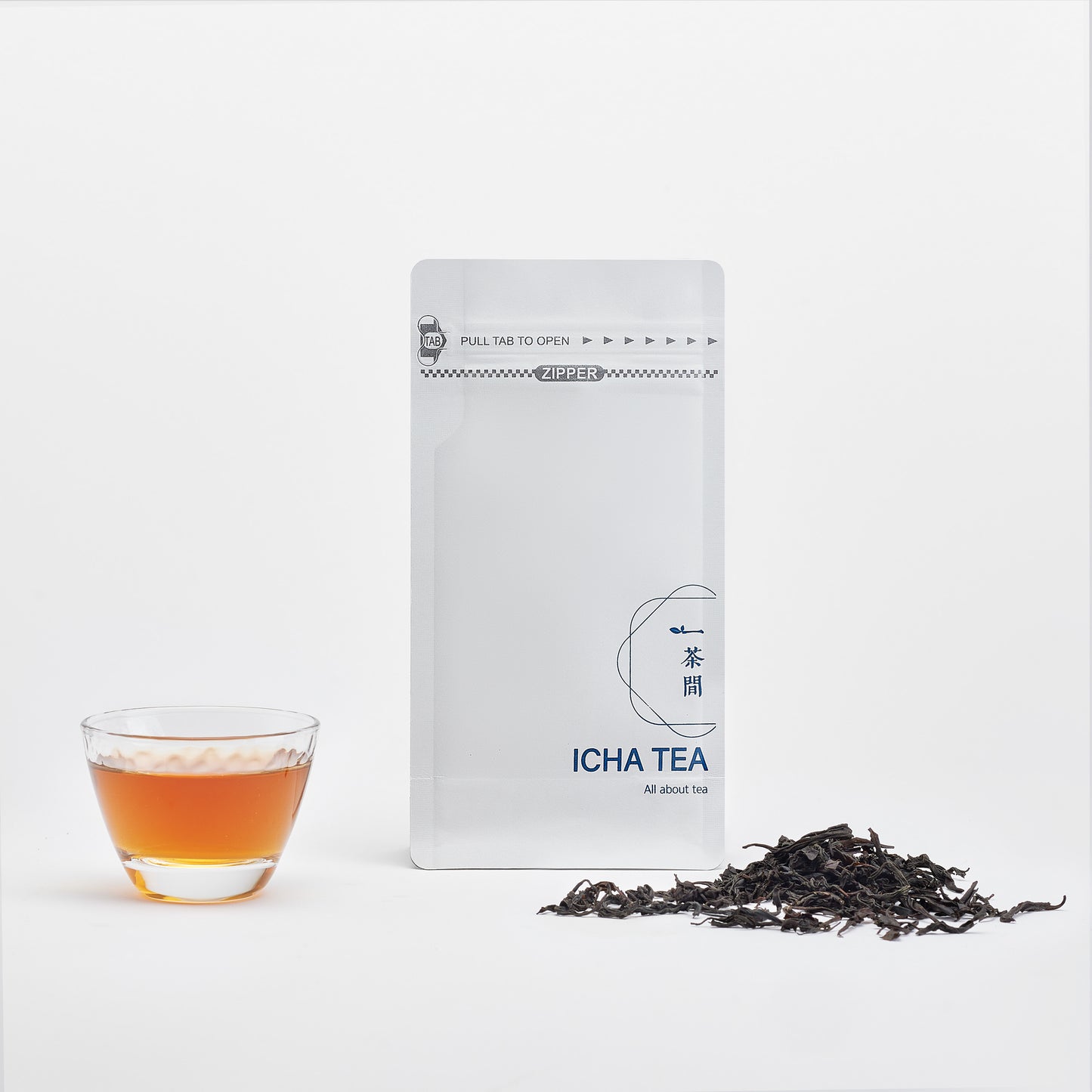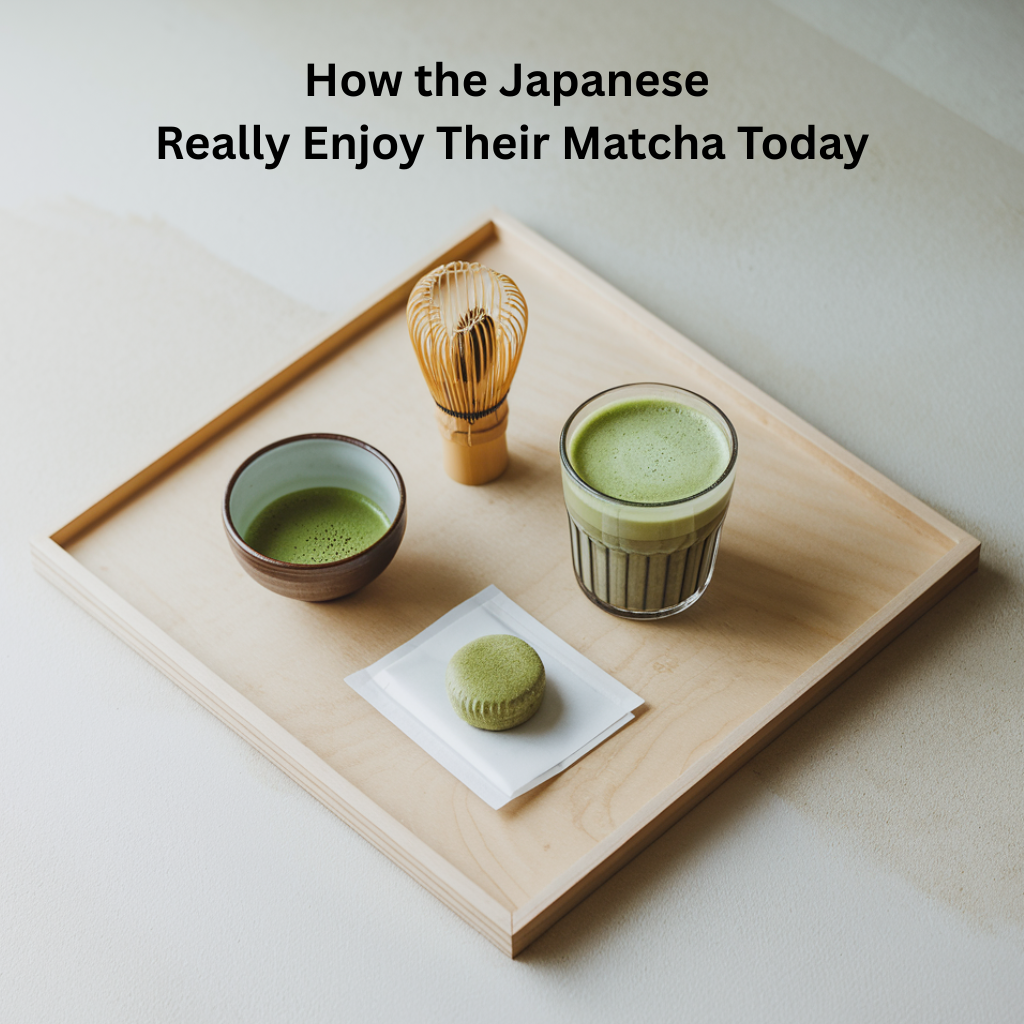
When we talk about matcha at ICHA TEA, customers often ask us: "Do Japanese people actually drink matcha the traditional way, or is it just for tourists?" The question reveals a common misconception that matcha might be more of a cultural artifact than a living part of Japanese daily life.
The reality? Matcha in Japan thrives in a beautiful balance between tradition and innovation, ceremony and convenience, ancient ritual and modern indulgence. Let's explore how the Japanese truly experience their most famous green tea in contemporary life.
The Many Lives of Matcha in Modern Japan
Walk through any Japanese neighborhood, and you'll quickly discover that matcha isn't confined to formal tea ceremonies or traditional tea houses. It permeates daily life in wonderfully diverse ways!
The Marketing Myth: "Ceremonial" vs "Culinary" Grade
One fascinating disconnect between Western and Japanese matcha culture is the classification system. In North America and Europe, matcha is commonly divided into "ceremonial grade" (for drinking) and "culinary grade" (for cooking). This is a distinction that simply doesn't exist in Japan.
Japanese tea masters evaluate matcha on a spectrum of quality factors, including colour, aroma, particle fineness, and flavour profile. They would find it strange to force matcha into just two categories, as the nuances between different productions are much more complex.
(We explore this distinction in depth in our article on the truth beyond matcha grade labels)
What matters most to Japanese consumers isn't a marketing label but whether the matcha suits their specific intended use. Whether that's a formal tea ceremony, daily drinking, or incorporating into a family recipe.
The Morning Ritual
For many Japanese professionals, particularly those with an appreciation for heritage, a morning bowl of usucha (thin, whisked matcha) provides both cultural connection and focused energy to begin the day. Unlike the ceremonial preparation that might take 30+ minutes, this daily ritual has evolved to fit busy modern schedules while preserving the essential elements of good matcha.

A university professor in Kyoto shared with us, "I prepare matcha while my computer boots up. It's five minutes of mindfulness before emails demand my attention. The caffeine works differently than coffee—clear-headed focus without jitters."
(Read more about how l-theanine provides a calming, wakeful energy)
The Academic Tradition
Tea ceremony clubs remain surprisingly popular in Japanese schools and universities. These clubs (called "sadō-bu" or "chadō-bu") introduce young Japanese to the traditional preparation methods and philosophy behind matcha. Far from being considered old-fashioned, these clubs often have waiting lists.
What's fascinating is how these young practitioners blend reverence for tradition with contemporary sensibilities. Many club members might participate in a formal tea ceremony in the afternoon, then enjoy a matcha latte with friends afterward, seeing no contradiction between the experiences.

The Convenience Store Revolution
Step into any Japanese convenience store (konbini), and you'll find an astonishing array of matcha-infused treats. From matcha Kit Kats to matcha-swirled soft serve. Matcha cream puffs to matcha-flavoured Pocky sticks, these accessible treats have democratized matcha flavours for everyday enjoyment.
This commercial explosion hasn't diminished matcha's cultural significance. Instead, it's created new entry points for younger generations to appreciate the distinctive flavor profile, eventually leading many to explore more traditional preparations.
The Generational Matcha Experience
What makes matcha culture in Japan so fascinating is how different generations approach it:
The Elder Perspective
For many Japanese seniors, daily matcha consumption is considered a health practice as much as a cultural one. Many attribute their longevity and mental clarity to consistent matcha drinking. Scientific research increasingly supports these traditional beliefs, with studies highlighting matcha's numerous health benefits compared to other beverages like coffee.

An 85-year-old tea shop owner in Uji told us, "I've prepared matcha the same way every morning for 60 years. My customers who drink matcha regularly seem to age more gracefully. The antioxidants are part of it, but I believe the mindfulness of preparation matters just as much."
The Youth Movement
Contrary to assumptions that young people might reject traditional practices, Japanese youth have embraced matcha with enthusiasm, albeit on their own terms. Social media platforms feature countless young influencers showcasing both traditional tea ceremonies and creative matcha innovations.
This generation appreciates matcha's photogenic qualities, health benefits, and cultural significance, creating a vibrant matcha culture that bridges heritage and contemporary trends.
Global Influence and Japanese Pride
While America now consumes more total matcha than Japan (largely due to population differences), the Japanese take pride in seeing their cultural treasure appreciated worldwide. Rather than being protective of "authentic" consumption methods, most Japanese celebrate matcha's global journey.
This openness shouldn't be surprising. Japan has a long history of adopting and adapting outside influences. The same cultural flexibility that transformed foreign concepts into distinctly Japanese experiences is reflected in their attitude toward matcha's evolution.
Finding Balance in the Matcha Universe
Perhaps what's most instructive about Japanese matcha culture is its refusal to create false dichotomies. Traditional preparation and modern innovations aren't competitors but companions in a rich cultural ecosystem:
- The tea ceremony student might stop for matcha soft serve on their way home
- The businessman who enjoys his morning bowl might grab a matcha energy drink before a long meeting
- The grandmother who whisks perfect usucha might also bake matcha cookies with her grandchildren
This harmonious coexistence reveals a profound cultural wisdom: traditions remain vital when they can evolve while preserving their essence.

The Living Tradition
So, do the Japanese drink matcha? Absolutely! In all its forms, from the most ceremonial to the most convenient. They teach us that reverence for tradition and openness to innovation can coexist beautifully.
At ICHA TEA, we celebrate this balanced approach. Whether you're seeking the meditative experience of traditional matcha preparation or the comfort of a perfectly crafted matcha latte, you're participating in a living tradition that continues to evolve while honouring its roots.


